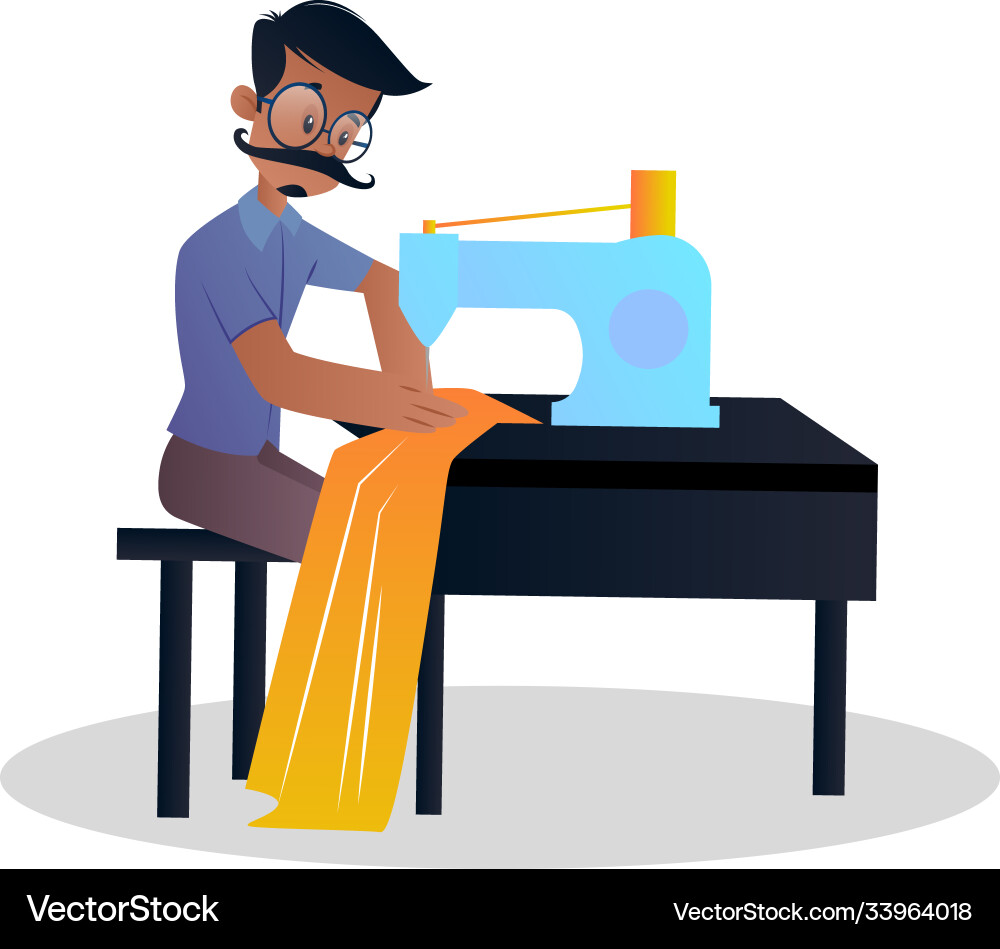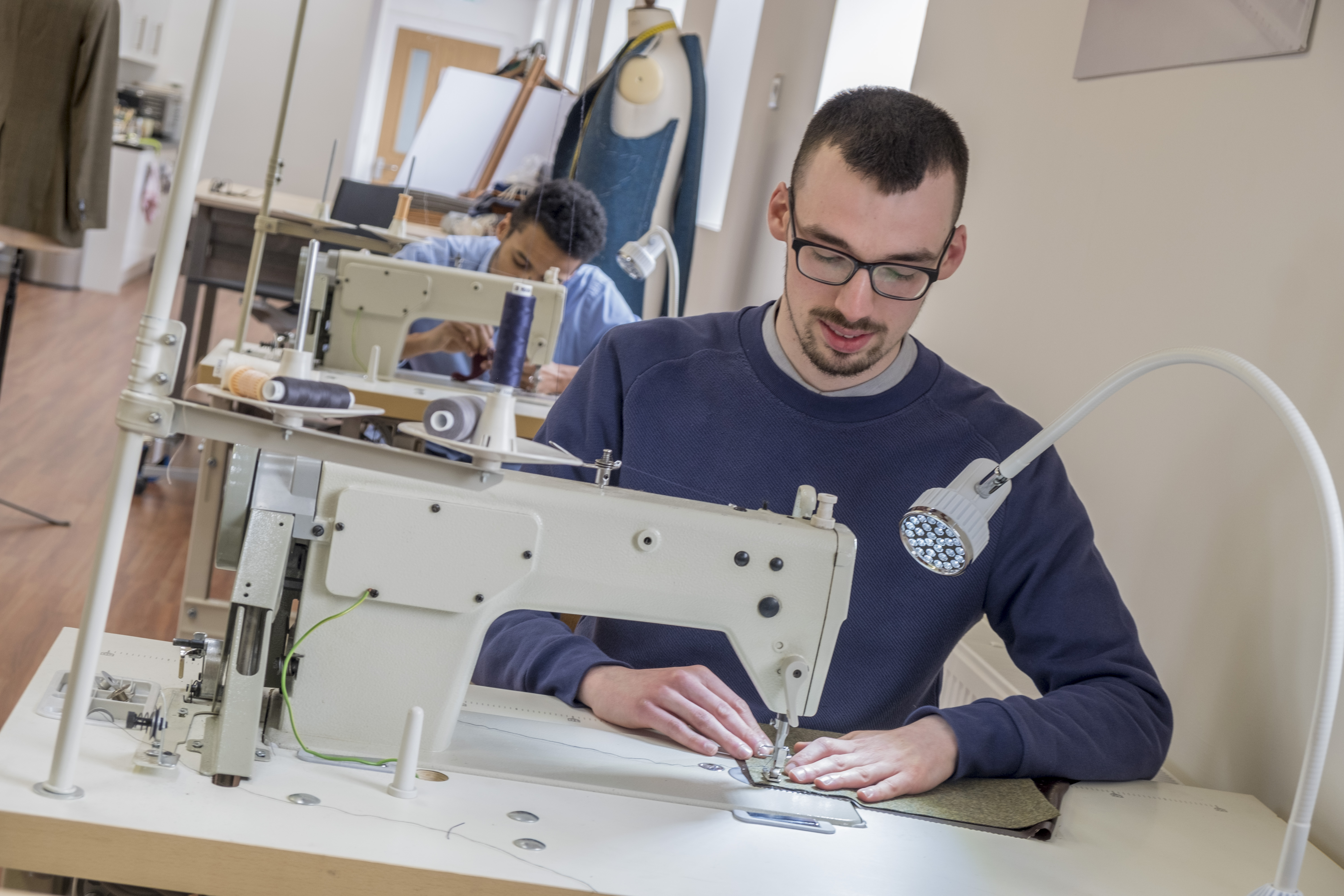Tailor Perth Professionals: Raise Your Fashion with Custom Tailoring
Tailor Perth Professionals: Raise Your Fashion with Custom Tailoring
Blog Article
Comprehending the Tailoring Process: From Fabric Selection to Final Suitable for the Suitable Wardrobe
The customizing process is a complicated interplay of art and scientific research, starting with the crucial decision of fabric option and finishing in the specific modifications of last installations. Each textile type brings distinct high qualities that influence not only the aesthetic appeal yet also the garment's long life and suitability for various celebrations.
Significance of Material Option
Choosing the ideal fabric is critical in the tailoring process, as it directly influences the convenience, durability, and total visual of the last garment (tailor perth). The selection of textile establishes the foundation for the garment's style, functionality, and efficiency. Various textiles possess distinct residential properties, such as breathability, weight, and stretch, which can considerably impact exactly how the garment drapes and fits the body
In addition, textile option impacts the garment's longevity and convenience of treatment. Premium materials can endure damage, preserving their look and framework gradually, while lower-quality materials may cause pilling or fading. Furthermore, the right textile adds to the garment's capability to shift across periods and events, thus boosting adaptability.
A tailored piece made from a proper fabric not just showcases workmanship however additionally elevates the wearer's self-confidence. Subsequently, comprehending the subtleties of material selection is paramount for any customizing venture. It makes certain that the end product not only fulfills the visual wishes of the client yet additionally straightens with practical requirements, thus achieving an unified equilibrium between type and function in the tailored wardrobe.
Kinds Of Fabrics and Their Uses
Understanding the various sorts of materials available is vital for making informed decisions during the tailoring procedure. Each fabric has unique attributes that determine its suitability for details garments and events.
Its convenience permits it to be tailored into every little thing from t-shirts to gowns. Its all-natural flexibility aids garments maintain form over time.
Silk exhibits high-end and is lightweight, making it best for eveningwear and fragile shirts; nonetheless, it needs cautious handling because of its frailty. Bed linen, with its textured finish, is a prominent option for warm climates, offering a airy and crisp feel, however it wrinkles quickly, which may impact the garment's look.
Synthetic fabrics, such as polyester and nylon, offer sturdiness and resistance to creases, making them appropriate for day-to-day wear and active clothing. Understanding these textile kinds and their residential or commercial properties enables much better decision-making, guaranteeing that each tailored item not just fits well however also aligns with the intended objective and celebration.
The Tailoring Methods Discussed
The art of tailoring depends on a variety of strategies that change material into well-fitted garments. Central to this procedure is pattern composing, where a dressmaker produces templates based upon the customer's dimensions and wanted style. This initial action makes certain that the garment will fit the user properly prior to any kind of cutting occurs.
Once patterns are established, reducing techniques come right into play. Accuracy informative post is critical as errors can cause misfitting garments. Tailors typically make use of various reducing techniques, such as single-layer cutting for detailed styles and multiple-layer cutting for effectiveness on typical patterns.
Basting is another important technique, permitting tailors to briefly stitch textile assemble for a preliminary fitting. This method uses the opportunity to evaluate the drape and total silhouette before last stitching.
Seaming methods, including french joints and flat-felled seams, boost the garment's sturdiness and visual appeal. Tailors likewise utilize techniques such as interfacing and cushioning to provide structure and form to specific locations, like collars and shoulders.
Last but not least, finishing methods, consisting of hemming and side ending up, ensure the garment's durability while giving a polished look. With each other, these techniques create the foundation of effective tailoring, leading to elegant, tailor-made apparel.
Fitting Modifications and Factors To Consider

Secret considerations consist of the shoulder fit, which must neither droop nor limit activity, and the sleeve length, which should permit comfortable arm motion while maintaining a sleek look. Additionally, changes at the waist can refine the shape, with choices to let out or absorb material as required.
The increase of pants is one more vital factor; it needs to sit comfortably above the hips without creating discomfort, enabling simplicity of motion. Hemming lengths for both trousers and skirts ought to reflect the user's recommended design while appreciating proportions.

Maintaining Your Tailored Clothes
Proper maintenance of tailored garments is vital to maintaining their fit and look with time. To make certain durability, routine cleansing is vital. Constantly comply with the treatment label instructions, which may suggest dry cleaning for delicate fabrics or machine washing for more long lasting products. Prevent regular laundering, as this can use down the fabric and modify the garment's form.
Storage space is just as crucial; use cushioned wall mounts for jackets and layers to maintain shoulder framework, and shop trousers folded nicely or hung to stop creasing. Safeguard garments from direct sunshine, which can fade colors and damages fibers.
Furthermore, periodic inspections for small repair work can protect against next page bigger issues. Look for loosened buttons, tearing seams, or indications of moth damage, addressing these issues quickly to keep the garment's stability.
Lastly, think about seasonal rotation. Putting on tailored items in moderation permits fabrics to recuperate, prolonging their life-span. By carrying out these maintenance methods, you can ensure that your customized garments remain as excellent as the day you first used them, boosting your suitable wardrobe for many years ahead.
Final Thought
The customizing procedure, including material selection, competent methods, and exact suitable adjustments, plays a vital duty in developing garments that boost both convenience and design. Comprehending the relevance of upkeep expands the life of customized garments, strengthening their value in a well-curated wardrobe.
Choosing the right material is important in the tailoring process, as it directly affects the convenience, longevity, and general aesthetic of the final garment. The selection of textile establishes the foundation for the garment's design, efficiency, and functionality. Different textiles possess unique residential properties, such as breathability, weight, and stretch, which can significantly influence how the garment drapes and fits the body.
The art of customizing depends on a variety of strategies that transform textile into well-fitted garments.The tailoring procedure, including textile choice, experienced strategies, and accurate suitable modifications, plays an essential duty in producing garments that boost both comfort and design.
Report this page